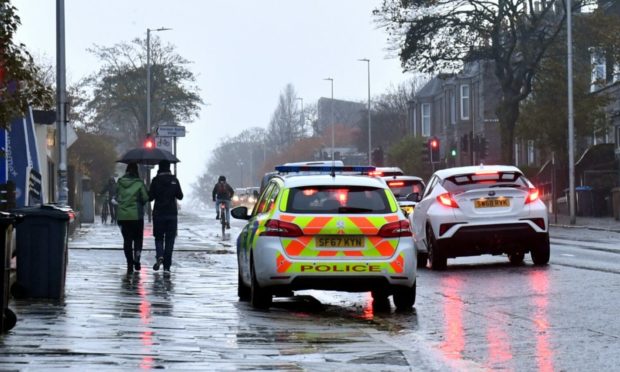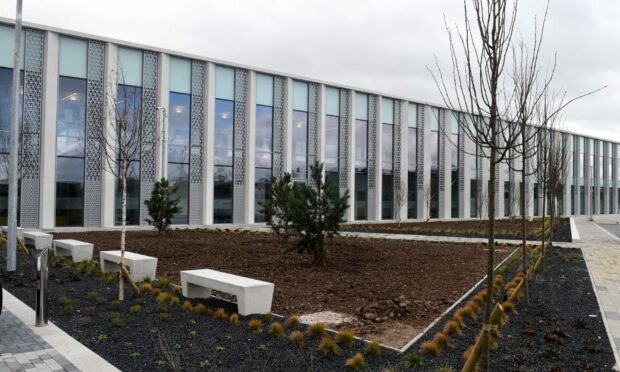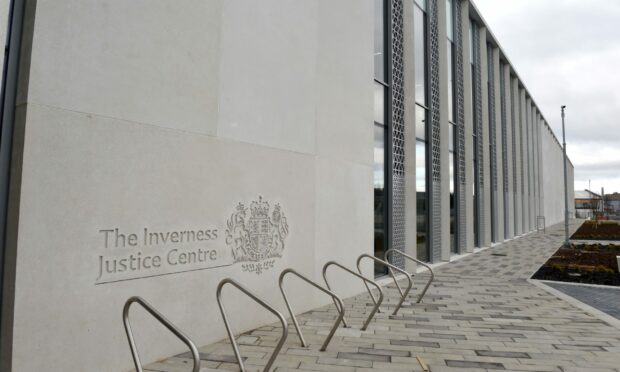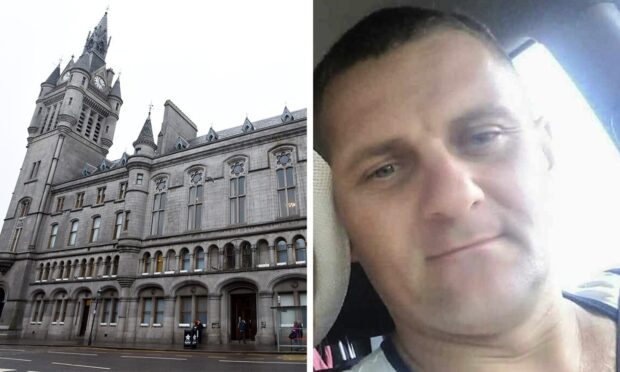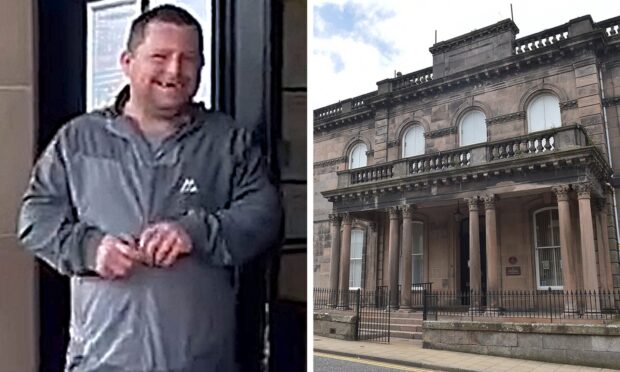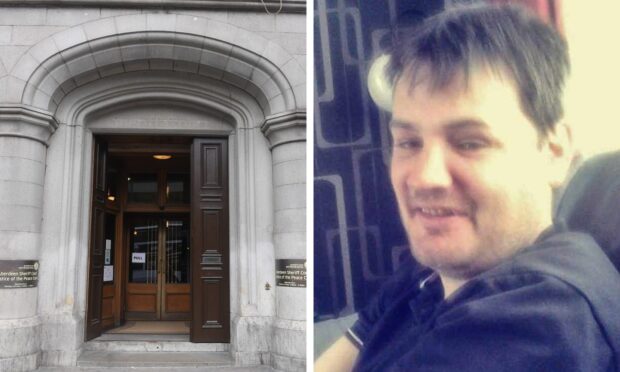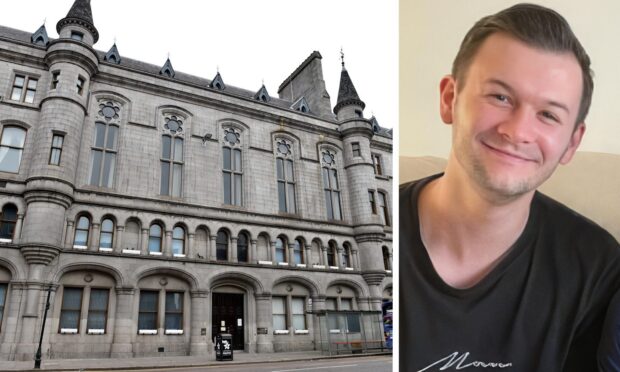A substance recovered by police during a terrorism probe in Aberdeen turned out to a “homemade explosive”, a court has heard.
Michael Leatham told a jury on Wednesday how a grey powder seized during an investigation into Richard Smith was found to be volatile.
Mr Leatham, a forensic case officer at the Counter Terrorism and Security Technology Laboratory at Porton Down, told prosecutor Liam Ewing QC that the substance was analysed following the arrest of Smith.
He said: “It was an improvised flash powder low explosive.”
When Mr Ewing asked whether the word ‘improvised’ meant the same thing as ‘homemade’, Mr Leatham replied: “Yes. Improvised and homemade mean the same thing.”
Mr Leatham was giving evidence at proceedings against Smith, of King Street, Aberdeen, who denies terrorism and other offences.
‘Viable low explosive’
On Wednesday, Mr Leatham told the court that another substance recovered during the investigation was discovered to be “black powder”.
The court heard that black powder was another name for gun powder.
Speaking about the substance, Mr Leatham said: “It was a viable low explosive.”
Prosecutors claim that between October 19 2018 and November 13 2019 at various locations in Aberdeen, Smith “did make” or “knowingly” had in his possession “explosive substances”.
Prosecutors claim that these were “namely homemade explosive substances” and powders and chemicals, which could be used to make “explosive substances”.
It’s alleged that the substances could “cause or aid in causing an explosion,” and that it could give rise to “a reasonable suspicion” that he didn’t have the substances in his possession for a “lawful object”.
In relation to this charge, the Crown claims that Smith breached the Explosive Substances Act 1883.
‘Preparing an act of terrorism’
The second charge alleges that between August 9 in 2018 and November 13 in 2019 at various locations in Scotland, Smith collected or made a “record of information of a kind likely to be useful to a person committing or preparing an act of terrorism”.
It’s alleged that he had “a quantity of texts, manuals, booklets, leaflets, videos and other guides” relating to the “manufacture of explosive substances, improvised detonators and improvised explosive devices” and the “manufacture of chemical and biological agents”.
Prosecutors also claim he had information about “the manufacture and use of firearms and other weaponry” and “the practice of guerrilla warfare, paramilitary survival, combat and resistance techniques”.
It’s also claimed he had information which promoted “anti-Muslim, neo-Nazi and other racist causes” and that he created, downloaded “computer files”, “video files” and “picture files” on IT devices and CD and DVD discs and that this breached the Terrorism Act 2000.
Improvised explosive devices
The third charge alleges that between August 9 2018 and November 13 2019 at locations in Aberdeen, Smith possessed “a quantity of materials capable of being used in the manufacture of explosive substances” and possessed “a quantity of materials capable of causing or aiding an explosion”.
It’s also alleged that he created and possessed “texts, manuals, booklets, leaflets, videos and other guides” relating to the manufacture of explosive substances improvised detonators and improvised explosive devices.
Prosecutors also say he had information about the use of “chemical and biological agents” as weapons; guerrilla warfare and survival techniques.
He is also said to have had information about “the operation and manufacture of firearms and other weaponry”, “paramilitary survival and resistance” and “combat techniques” as well as information “advancing anti-Muslim, neo Nazi and other racist causes”.
Online research
Prosecutors say he also conducted online research into the “manufacture of explosive substances, improvised detonators and improvised explosive devices”; and that he possessed a quantity of military-style clothing and weapons – and that this was contrary to the Terrorism Act 2006 section 5 (1a).
Between October 10 2019 and November 13 2019 at locations in Aberdeen, Smith is alleged to have possessed without “having a licence”, sulphuric acid and nitric acid.
He also allegedly possessed “barium nitrate” and prosecutors say this breached the Poisons Act 1972.
The final charge alleges that on November 4 2019 at Kittybrewster Police Office in Aberdeen, Smith assaulted Detective Sergeant Bruce Buntain by pushing him on the body.
Smith has pleaded not guilty to all charges and the trial before judge Lord Mulholland continues.
For all the latest court cases in Aberdeen and the latest crime and breaking incidents, join our new Facebook group.
